How to pick the perfect picture frame, according to an art consultant
Not sure how to frame your favorite prints? We asked the experts to share their industry know-how...
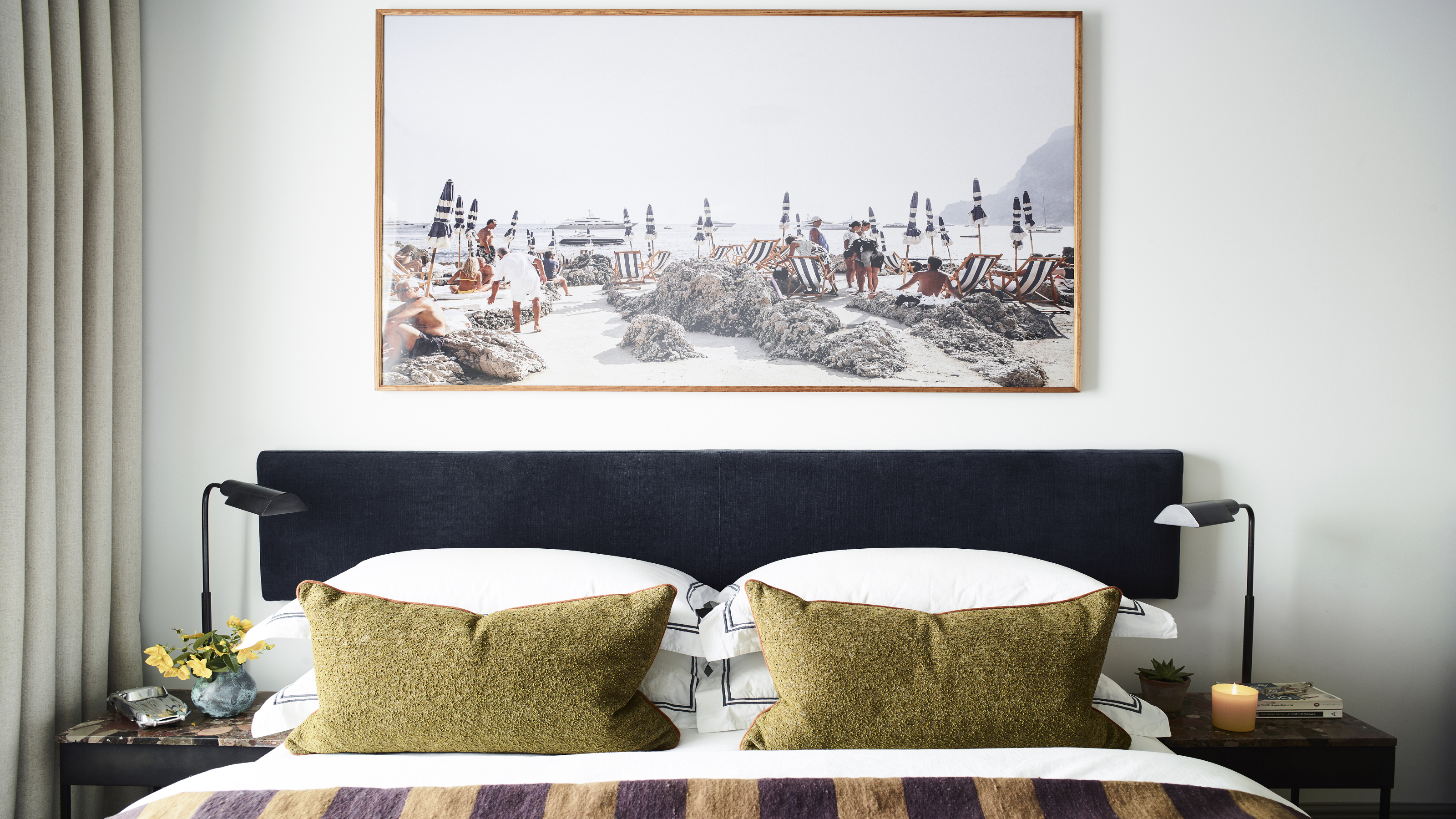

We've all got a treasured piece of art, print, or a photo that's crying out for a beautiful picture frame. But it can be a tricky task working out what color, style, and size to pick when there are just so many to choose between. What goes with a black and white wedding photograph and what suits an antique oil painting? The options seem limitless! Framing is an art in itself and choosing the right frame will seriously enhance your piece and turn it into artwork.
However, selecting a frame isn’t just about choosing a color and material and hanging it within a gallery wall. With treasured pieces, they also need to be protected from damage and degradation over time, preserving it for many years to come. Plus, even the right glass can make a huge difference to how we look at artwork.
We spoke with Louisa Warfield, an expert art consultant who provides bespoke, beautiful, honest art sourcing, consultancy, and hanging advice for all. 'Framing is one of those dark arts and the longer I am an art consultant the more I realize how little I know,' she says. 'With over 15 years in the business, I have developed a deep respect for framers. I have gone from seeing them as a high-street service to understanding and appreciating them as artists and artisans in their own right. I select my frame for any particular project, with as much care as I select the artist.'
Here are her tips to help you pick the perfect frame...
1. Go for the best framer you can find and afford

It's quick, easy, and cheap to head to Ikea and get a basic frame for your artwork, but trust us when we say taking the time and spending that bit more on a professional framer will take your image to the next level and help it stand the test of time.
'Go to the best framer you can find and lean heavily on them. Tell them about your project- show them photos, take fabrics. A good framer will use any number of things as a jumping-off point - get them to advise you,' says Louisa.
Not only will you get advice from a professional if you're a bit stuck on color and style choices, but a professional framer will know exactly what dimensions will suit your piece and be able to offer a variety of different frames and glass depending on your budget. There's nothing wrong with an excellent Ikea hack, but if you want something extra special, go the extra mile.
2. Have fun with color, style and layout
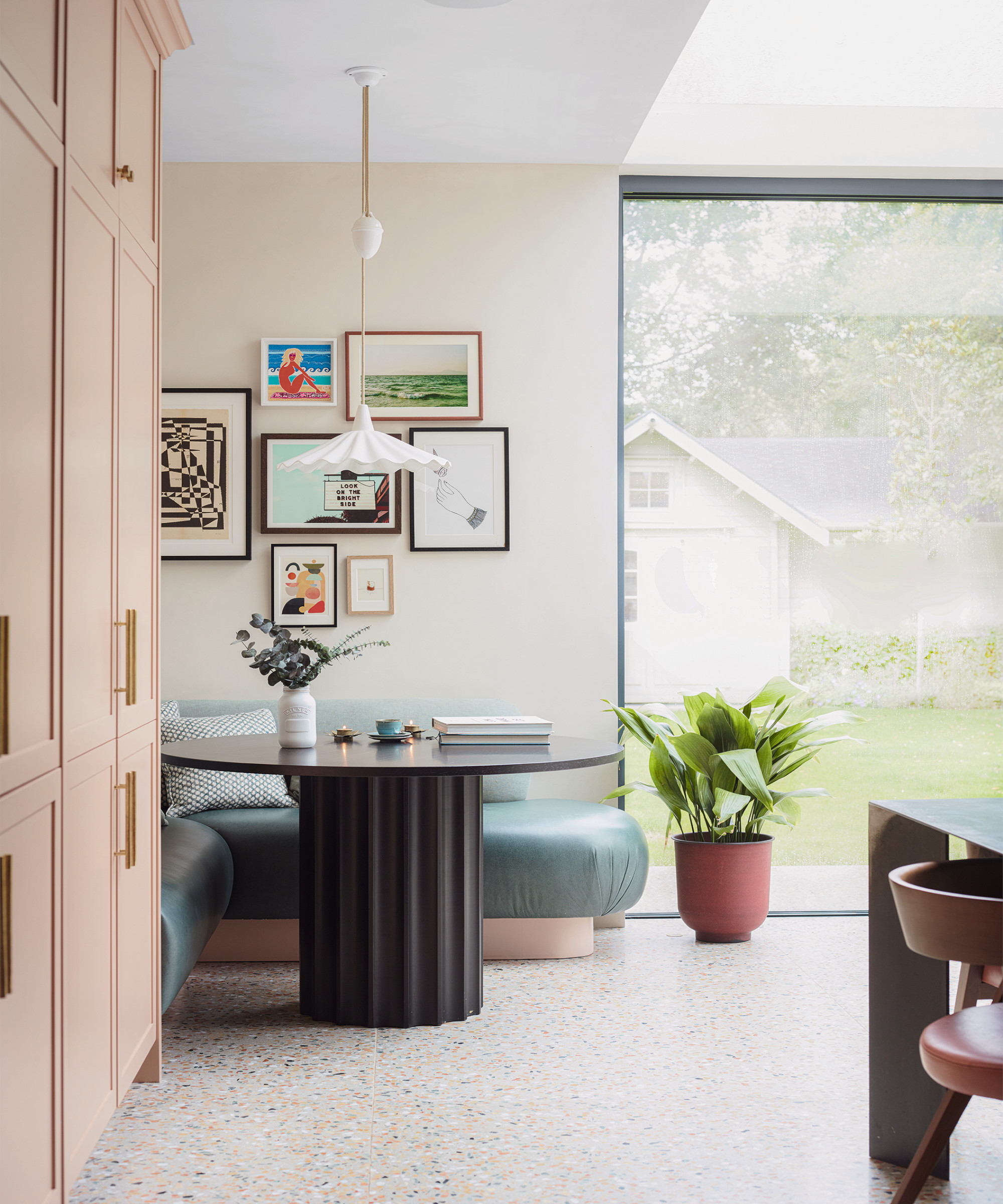
Whether you have one piece or several and want to create a gallery, as seen with this kitchen wall decor, having fun with the artwork and the space around it will make the overall aesthetic far more personal. 'Don’t be afraid to have fun,' emphasizes Louisa. 'Put a clean modern photo in a huge ornate frame. Use bright colored slips to give a little flash of color as you turn your head.'
Whatever color and finish you go for when you pick a frame, think about emphasizing and complementing your interior when you do. Initially, consider the overall look of your space and then have a think about what vibe you're trying to achieve; an eclectic boho gallery wall, something sleek and modern, or perhaps you're after a very classic feel?
Then take the dominant colors in your artwork that stand out and consider tying those tones to your frame or mount. Black or white photographs look both classic and contemporary in black and white frames, while colored artwork works well when the standout colors match the frame.
3. Think about the room as well as the artwork
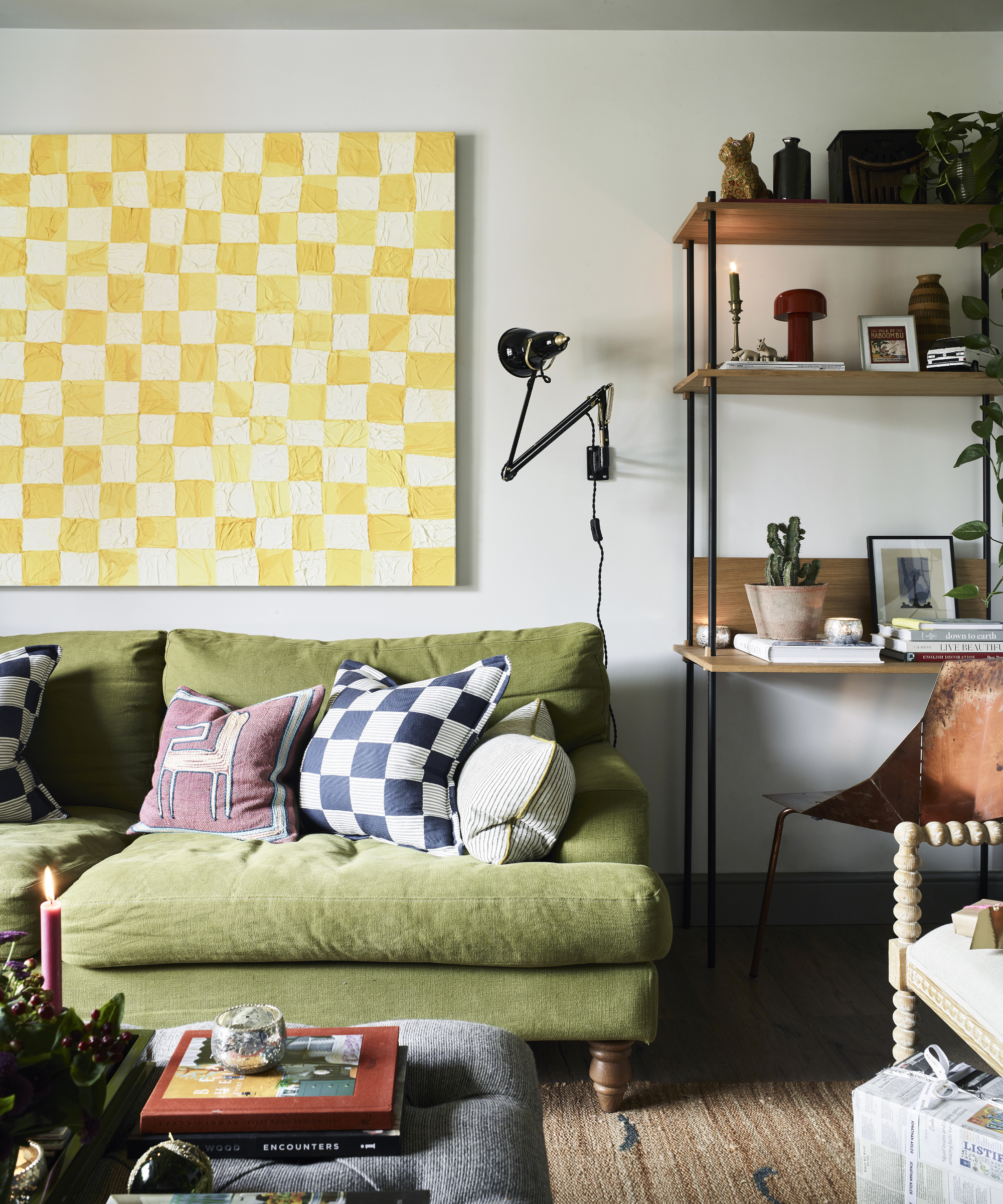
Is your living room ultra modern or are you after calm, neutral bedroom ideas? It's important to consider the room's style before embarking on framing a favorite print. Whether that's color matching to the room's paint or wallpaper or picking a frame style that's in keeping with the era of the room, you want to void a clash that doesn't feel in any way considered.
'Think about the room as well as the artwork,' reiterates Louisa. 'A lovely project I did recently was frame a simple Athena poster from the 1980 ‘The Tennis Girl’ for a family with a strong sense of humor and a connection to the tennis world. We color matched the frame to the paint in the paneled room and then for a dash of style, Mike at Ingleheart framers found an old tennis racket and color matched the slip for a pop of vintage cool. It has turned a cheap poster off Ebay into one classy picture.'
4. Always use 'art glass'
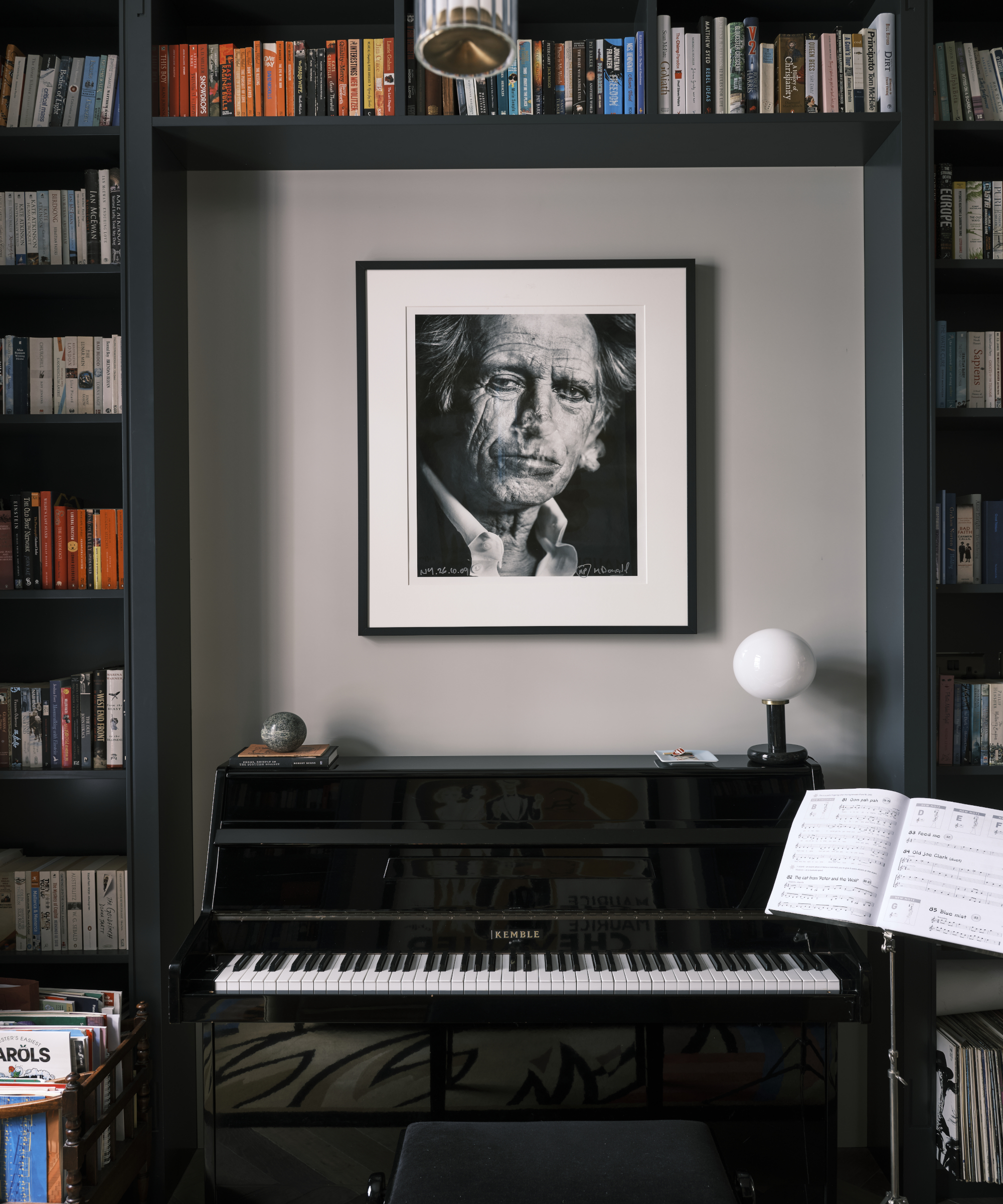
It's not just about the frame and mount. Glass is so important when it comes to elevating your artwork. The most important element being UV protection which can protect work from being damaged by light, causing the color to fade over time. What's more, choosing a low-reflective material means it won't interfere with your piece.
'Art glass not only has some UV protection but it is non-reflective and you can actually see everything that is framed. I can promise you that there is nothing more annoying than seeing your reflection in a picture that you have carefully chosen,' says Louisa. 'Art glass paired with a simple handmade frame can be super sleek and beautiful.'
5. Think about conservation
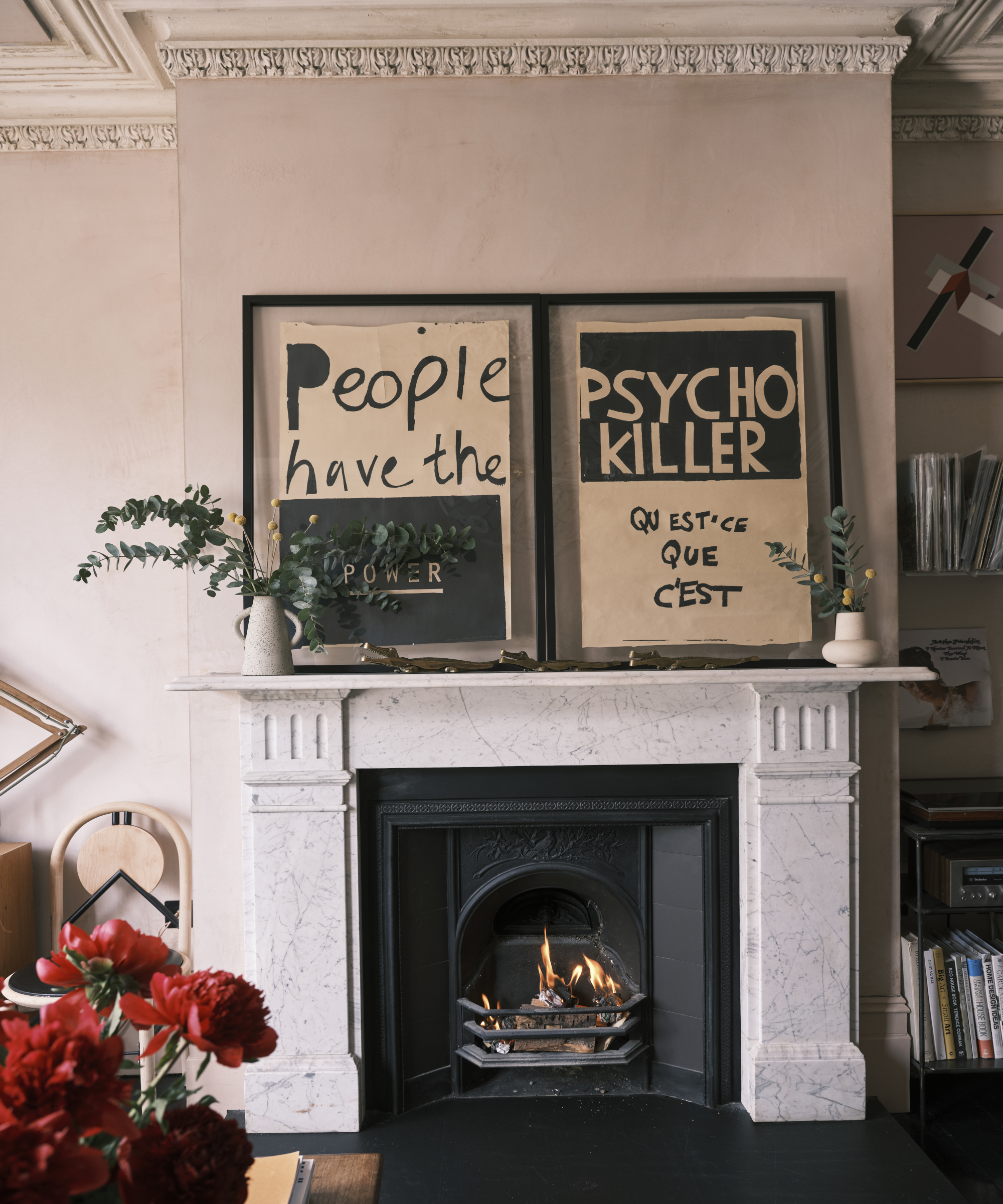
Finally, think about conservation. A well-bought frame and glass will go a long way in preserving your piece, but another way to help protect your favorite artwork is to avoid hanging them over sources of heat like fireplaces and radiators. If you're going to hang art in a room with a working fire then it'll definitely need proper art glass to protect it from any smoke. The same goes with rooms where lots of candles are lit regularly!
Try to avoid placing your art in direct sunlight or electric lights and avoid hanging works on damp or recently plastered walls. Lastly, try not to store treasured pieces in the attic.
'Projects that are extremely high end with valuable artworks I only go to one framer – Darbyshire – these guys are the absolute best for conservation framing and are used by a lot of London’s top galleries,' suggests Louisa. 'You would be amazed about how important every little bit of glue, board, and paper can affect an artwork over years and if you are investing in something of value then these are your people.'
How do I choose a frame for a picture?
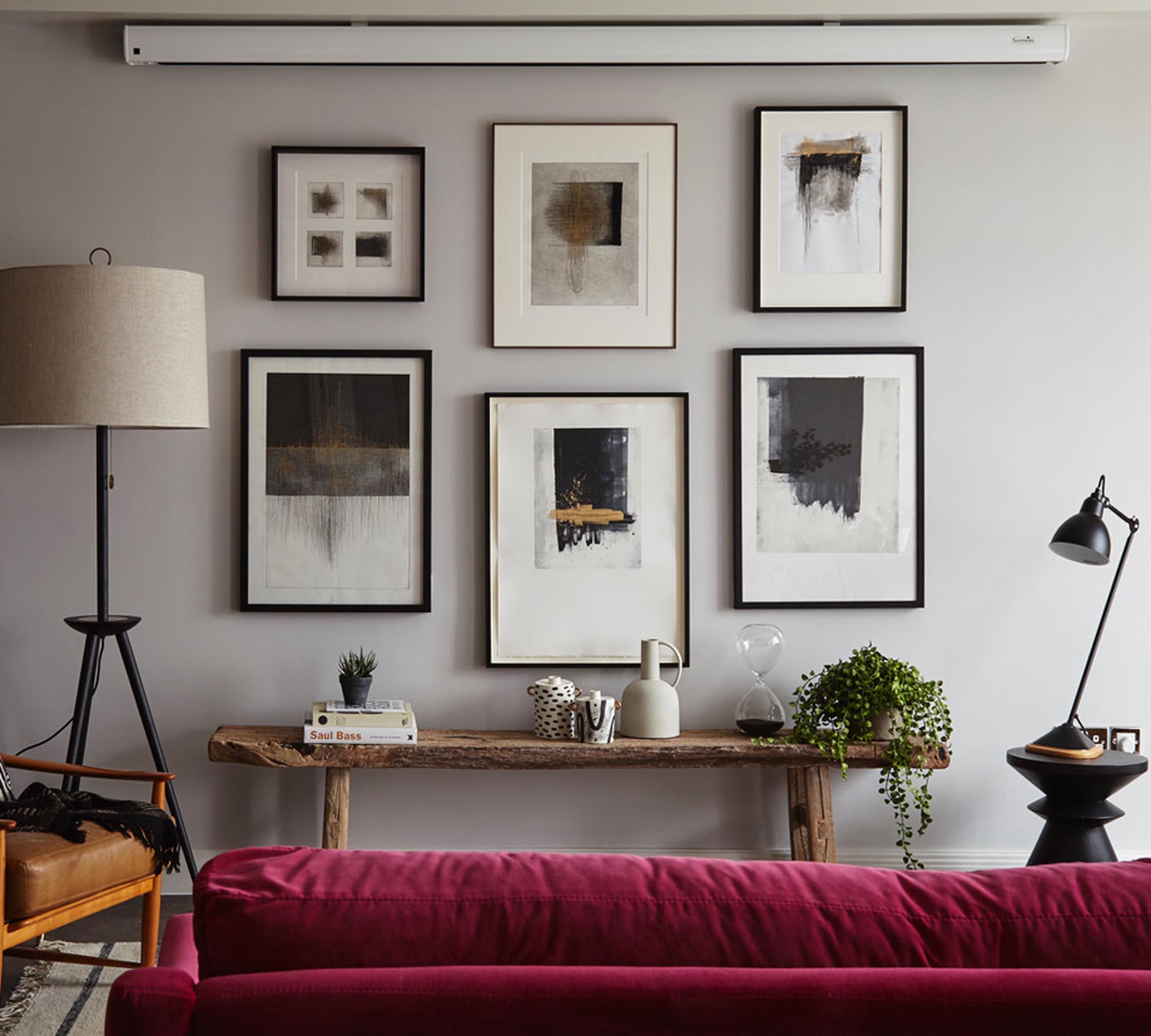
It's not actually always necessary to frame your artwork. Many early 20th century painters disregarded frames completely, but unless it's on a sturdy canvas, paper and other perishable works should be sealed and protected from the surrounding environment.
When it comes to picking a frame and you're completely stuck and don't want to head to a professional framers, then if in doubt, go black or white as they suit most interior schemes. Black frames are great for defining art while and creating contrast, while white frames work well in most settings, creating a more casual feel. A simple wooden frame is also an excellent option if you want something simple and timeless. As a natural material, wood offers a warm and classic feel and comes in a range of tones, giving you plenty of options to suit your scheme.
Artwork with warmer tones, like red, brown, and orange, look best with darker woods like mahogany and walnut, while cooler tones, such as blues and greens, pair better with lighter oak, ash, and pine.
How do I choose the right size art frame?
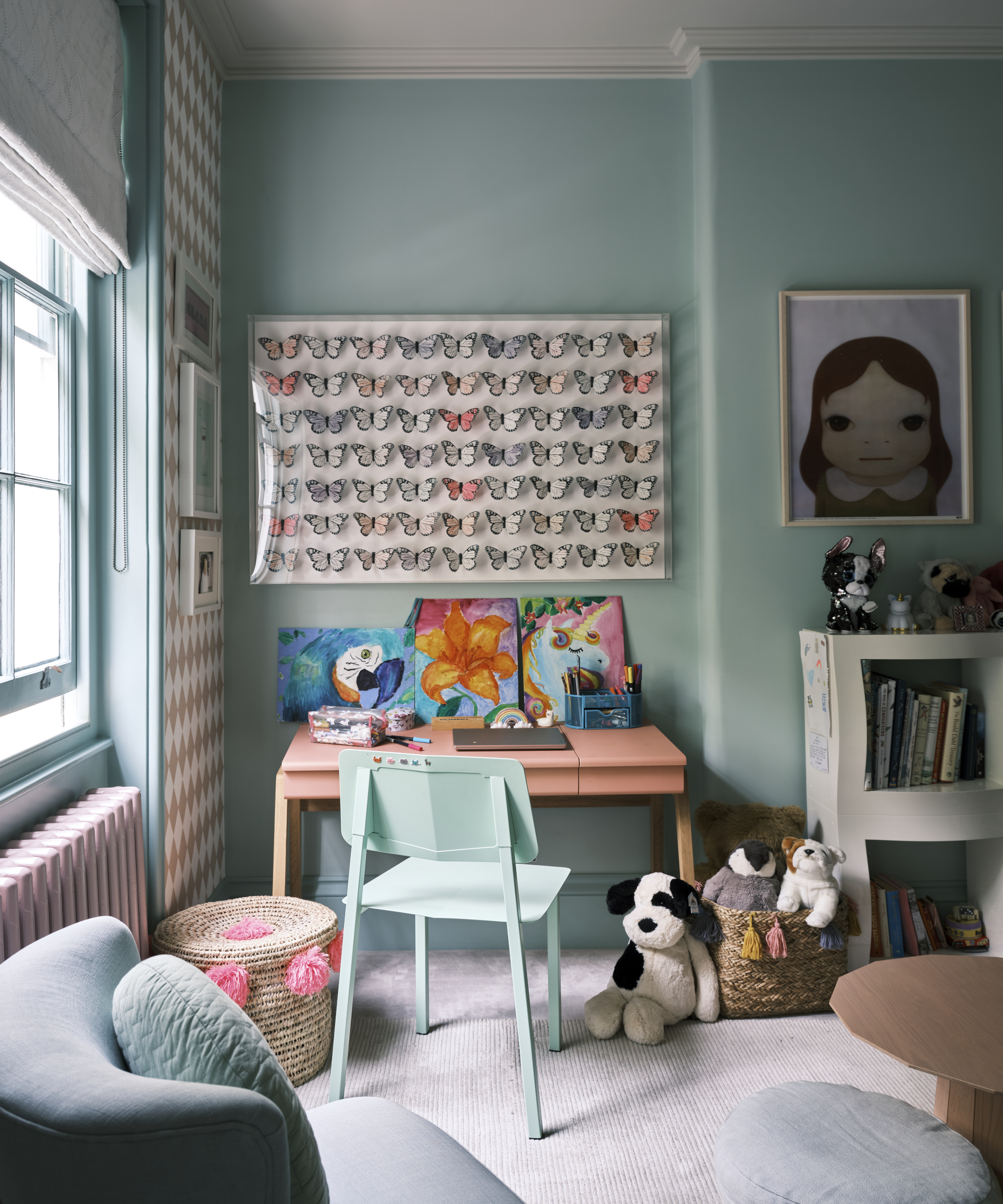
Choosing the right size frame comes down to personal preference but you can find more specific suggestions for your exact size online or by asking an expert framer. Getting the proportions right is an important element when it comes to framing.
The general rule of thumb for displaying paintings on walls is that they should be around 75% of the width of the furniture the painting will be displayed against. Artwork mounted in larger frames will stand out from the crowd and if you want the print to fit seamlessly with your interior, then go for something more slimline.
Often an overlooked part of the framing process is whether you choose a mount, which can have a real impact on the finished artwork. Frame mounts provide much-needed breathing space between the art and the frame itself. A mount draws the eye to the image, can enhance its appearance, and protects the piece; the gap created between the art and glazing helps prevent damage from condensation or high-gloss prints sticking to the glazing.
A simple frame with a neutral mount ensures your image is the centre of attention. This combination is often found in galleries and is popular amongst interior designers and is great for tying together gallery walls.
Should all your picture frames match?
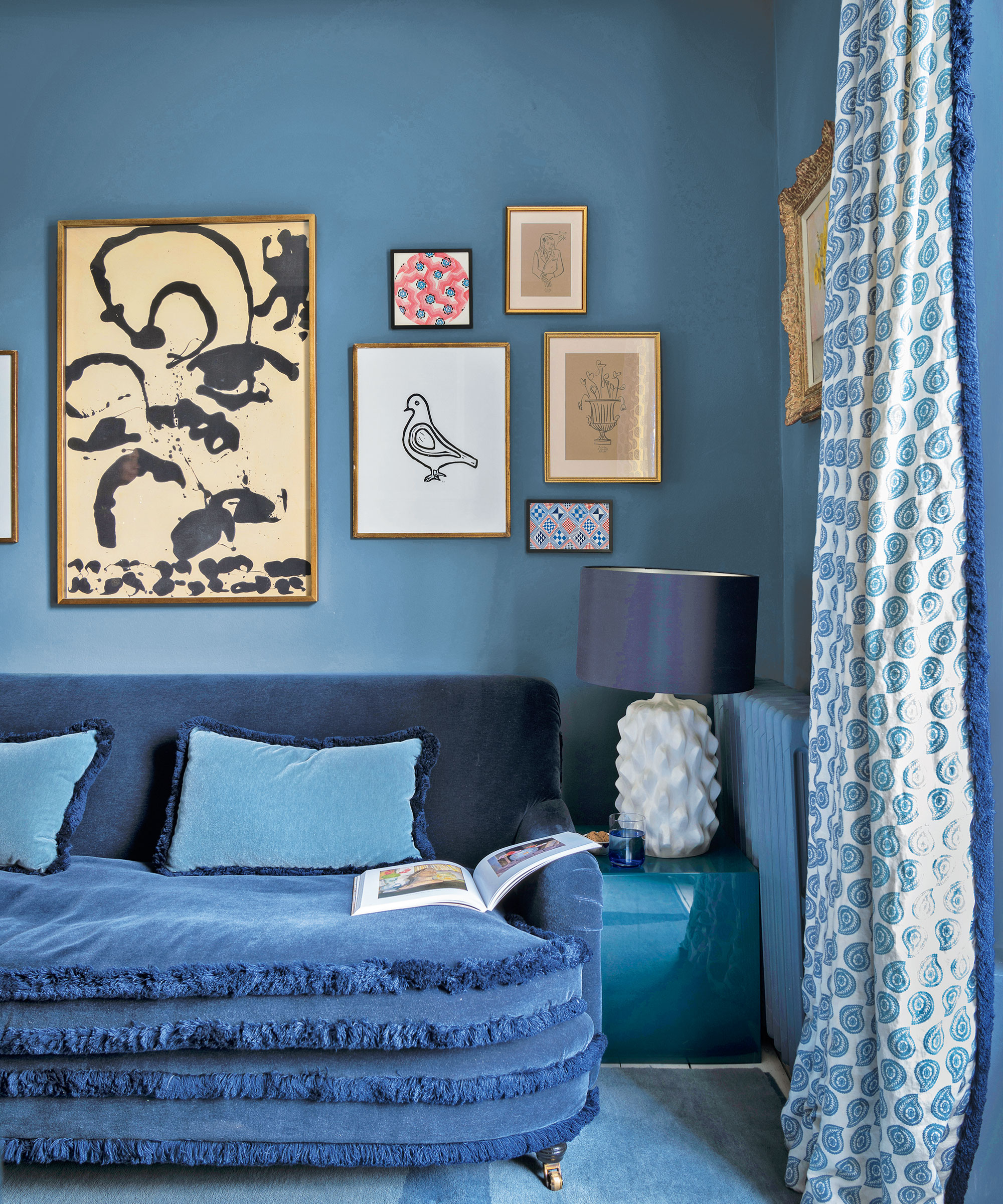
Pictures frames certainly don't need to match. Have fun with your frames and layouts and ultimately pick a frame that inspires you and makes you feel happy.
Don’t worry too much about matching specific colors in your photo to the frame color. Instead, consider the overall tone of the image when selecting a frame. Choose a frame that either complements your current decor or adds just the right spark of contrast. But if you're stuck, select a lighter frame for casual or simple art and choose a darker frame for more elegant or formal pieces.
Be The First To Know
The Livingetc newsletters are your inside source for what’s shaping interiors now - and what’s next. Discover trend forecasts, smart style ideas, and curated shopping inspiration that brings design to life. Subscribe today and stay ahead of the curve.

As the Houses Editor on Livingetc, Rachel has been obsessed with property ever since she was a kid. With a diploma in interior design and more than a decade working on interior magazines under her belt, she feels very at home sourcing the best contemporary houses the world has to offer for Livingetc. It's not just the day job either, she admits she's spent a scary amount of her own time researching schemes for her own renovations - scrolling Instagram, stalking Rightmove and Modern House, flicking through magazines and snooping in other peoples' windows - so she really does live and breathe houses on a daily, if not hourly, basis. Before Livingetc, Rachel had a stint finding homes for Ikea Family magazine where she was lucky enough to gallivant around the world on shoots meeting and interviewing interesting people, all with a very keen eye for blending high-end design with everyday items from Ikea. It inspired her to not be afraid of mixing new and old, expensive and affordable, vintage and modern and so Rachel's current Victorian terrace in north London is very much an updated, contemporary take on a period property; think open-plan modern kitchen with concrete floors, feature fireplaces and her grandmother’s paintings on the walls. Rachel is currently crushing on reeded glass, large gingham prints, squishy curved furniture; like Buchanan Studio’s Studio chair, and vintage wall sconces; she especially adores Retrouvius for sourcing antique finds and feels inspired by Lonika Chande, Beata Heuman and Matilda Goad and already can’t wait to start planning her next home, wherever that might be.
-
 Burl Wood Decor Is 2025’s Most Coveted Comeback — Here’s How to Get the Storied Swirls for Less
Burl Wood Decor Is 2025’s Most Coveted Comeback — Here’s How to Get the Storied Swirls for LessIrregularity is the ultimate luxury, but you don’t need an antiques dealer to find it
By Julia Demer Published
-
 5 Garden Features That Instantly Add Value to Your Home — While Making Your Outdoor Space More Practical, too
5 Garden Features That Instantly Add Value to Your Home — While Making Your Outdoor Space More Practical, tooGet to know all the expert tips and tricks for making your backyard a standout selling point for your home.
By Maya Glantz Published